
Why Clothing Brands Fail
Top Different Types of Shirts for Women and Men Top Different Types of Shirts for
Innovative Biodegradable Jackets Sustainable Outerwear Solutions for Eco-Conscious Consumers, Business Expansion and a Greener Future
Recently, the global emissions that the fashion industry contributes have increased the debate, about 10% of the carbon emissions come from the fashion industry! This is an astronomical figure! Because of an increasing environmental consciousness among consumers, there is a growing need for more eco friendly options in jackets. More brands today have the opportunity to not just partake in the sustainability talk but to lead it like never before. Customers are demanding clear information and green choices, especially when it comes to outerwear.
In this blog, we will be looking at biodegradable jackets, a sustainable outwear and how the brands can utilize such trends to improve their customer experience without compromising the integrity of the environment.
Biodegradable jackets are a new and important solution to environmental problems. But what does “biodegradable” mean in fashion? Now we will discover why these jackets are gaining popularity.
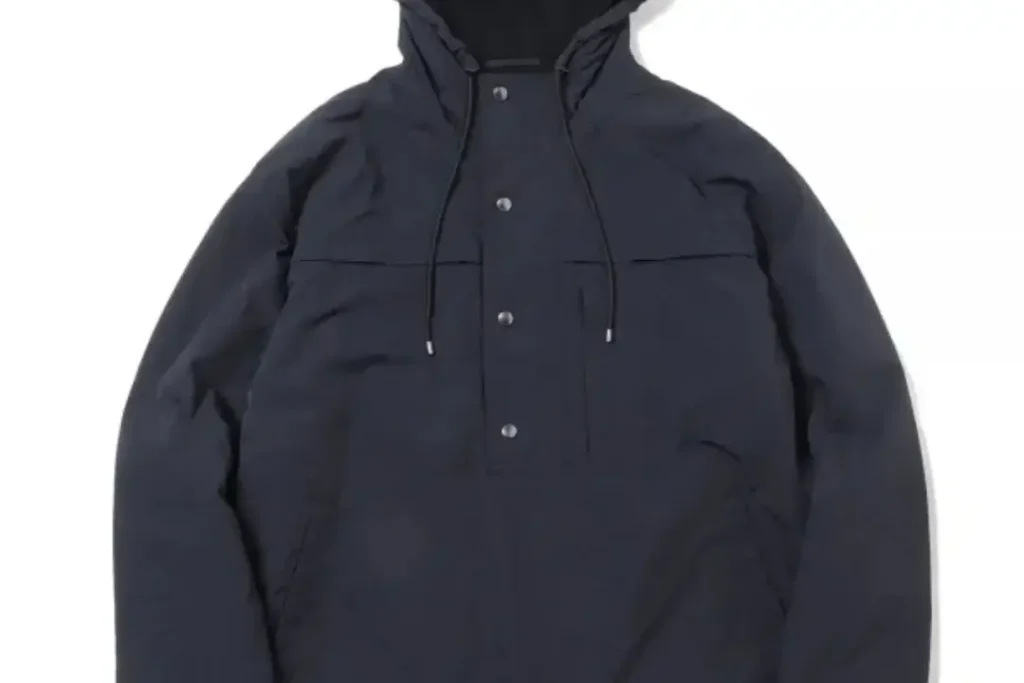
Biodegradable materials can break down into safe organic matter through living organisms. Unlike regular jackets made from synthetic materials such as polyester and nylon, which can last for hundreds of years in landfills, biodegradable jackets use materials that can return to Earth without causing harm.
Brands nowadays are using materials consisting of organic fibers, materials from corn-based products, and recycled items that can safely decompose. These help lessen waste while giving customers a good story that they can be connected to. This makes your brand more attractive because of the provision of biodegradable jackets.
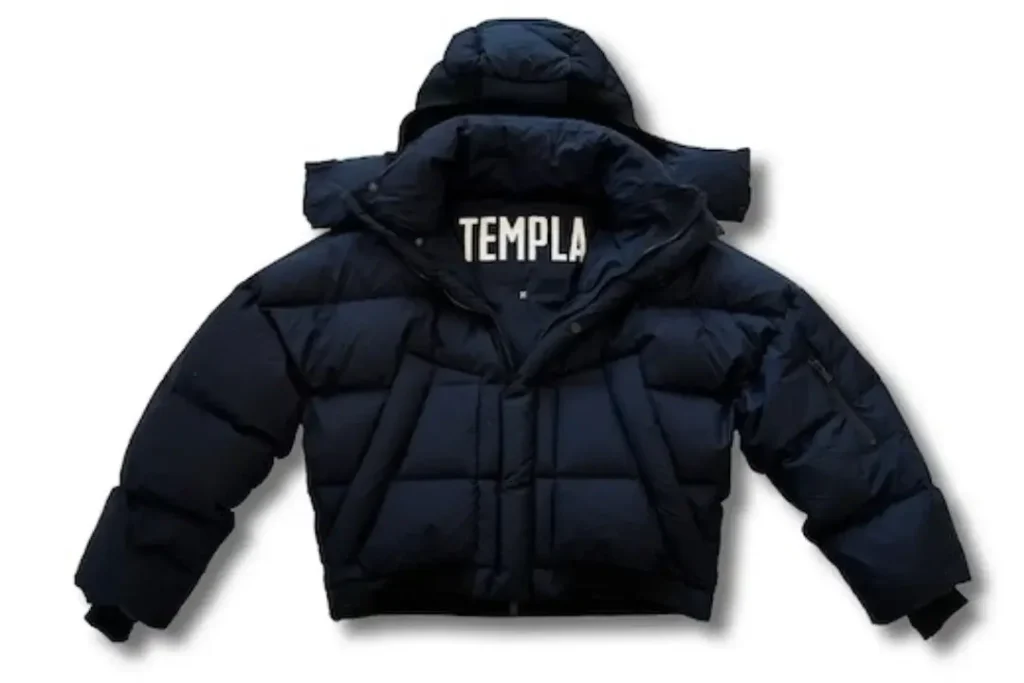
We shall take the case of non-biodegradable jackets. Undiscovered to many, every year, an amazing 85% of textiles are extracted useless, with most ending up in landfills. In light of this shocking fact, environmentally durable textiles like organic cotton are becoming even more crucial. That is a lot of wastefulness associated with fast fashion. Synthetic fabrics take up much space in landfills and give off harmful gases that degrade environmental problems.
Synthetic fabrics can even further harm the ecosystem. Microplastics that breakup from our clothes get washed into rivers and oceans, which kills fish and other aquatic animals and eventually reaches our food source. It is a cycle we need to modify.
We can make a difference by choosing biodegradable jackets. These jackets do not only decrease waste but also help create a healthier planet for future generations. It’s a win-win: your brand can lessen its environmental effect while attracting eco-friendly customers.
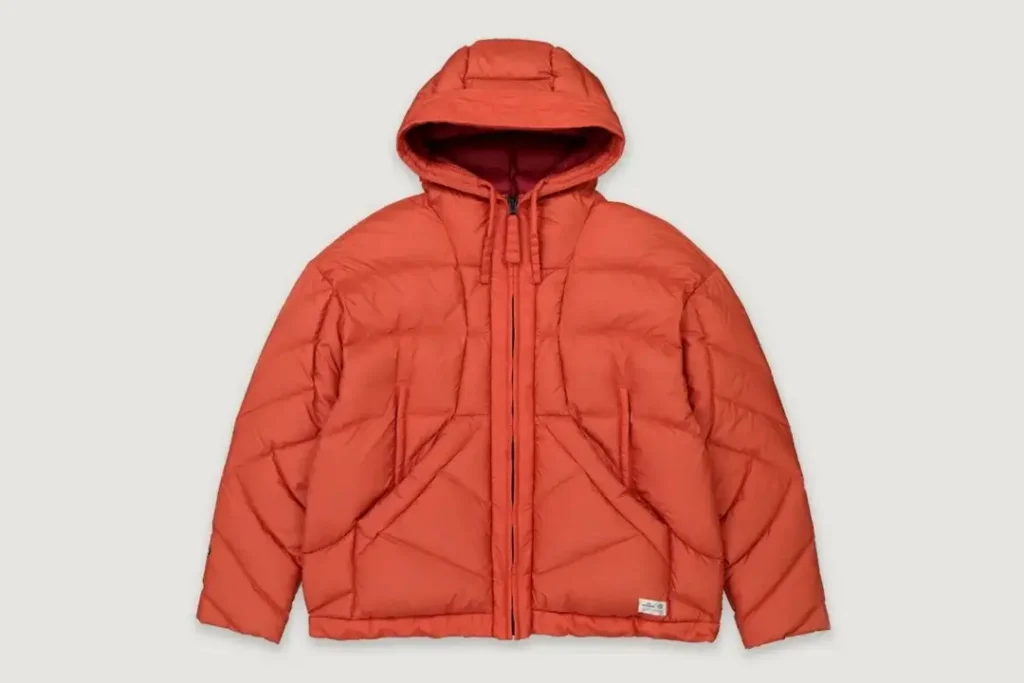
The materials for the production of biodegradable jackets have special considerations. It’s impressive to think that new developments in textile production join forces with nature to present wonderful and beautiful earth-friendly selections for use in such apparel pieces as jackets. The two general classes of biodegradable jacket material are: natural fibres, and the advanced materials.
Natural fibers are the backbones of clothing that is ‘eco-friendly’. Materials such as organic cotton, hemp, and wool are traditional options that do good for the earth.
If you want to sell biodegradable jackets, consider using these natural fibres. Emphasize their eco-friendly properties in your marketing. Being transparent about your supply chain is a way to build customer trust, so permit them know how your materials are benefiting the environment.
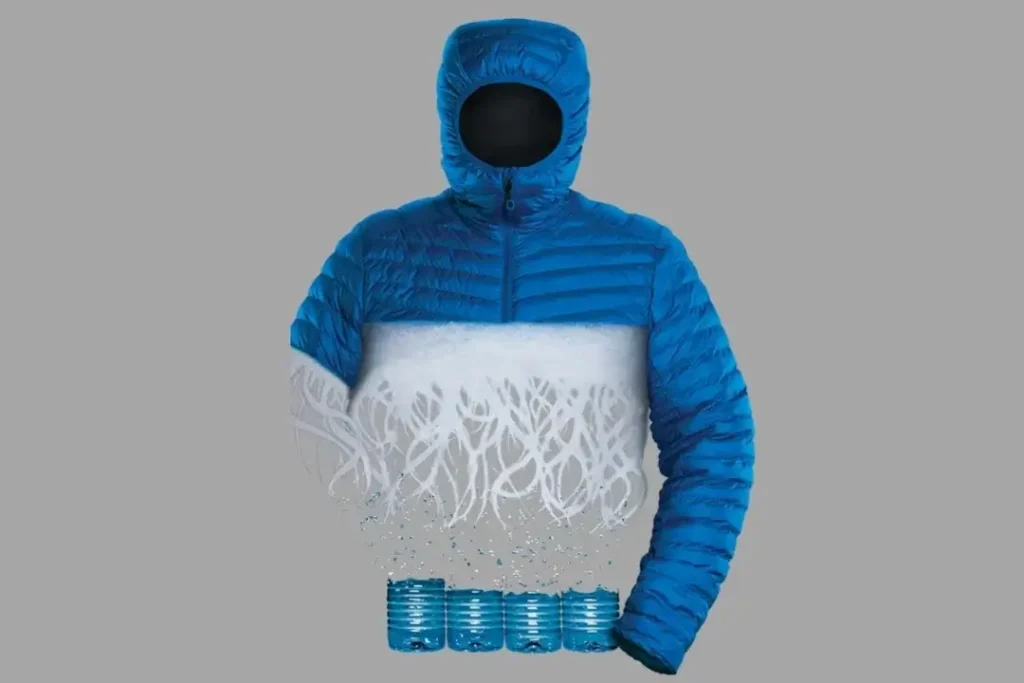
We will explore new fabrics that are changing the fashion industry. Mushroom leather, algae-based textiles, and bioengineered polymers are the advanced materials that may change our thinking about outerwear.
Mushroom leather is made of mushroom roots. It has a leather-like feel and breaks within 1-2 years when waste. This lessens waste and supports a sustainable economy. Algae-based textiles transform harmful algae into strong fabrics that can break within 6 months.
Bioengineered polymers show the properties of naturally used textiles but are environmental-friendly. They are hard and recyclable, all set to change the outerwear business.
|
Material
|
Strength
|
Cost
|
Breakdown Time
|
|---|---|---|---|
|
Organic Cotton
|
High
|
Moderate
|
6-12 months
|
|
Mushroom Leather
|
Moderate
|
High
|
1-2 years
|
|
Algae-Based Textiles
|
High
|
High
|
6 months
|
Despite some great new ideas, there are still challenges. One big challenge is the high costs of biodegradable materials. For example, organic cotton and mushroom leather can cost 20-30% more than regular materials. This can make it hard for brands to keep prices low while making a profit.
Limited availability is the other challenge; these materials are not readily available in all places. Not all manufacturers find it easy to locate eco-friendly fabrics, and in some areas, the support for sustainable production may not be very strong. But smart manufacturers find ways to handle these issues.
Some cooperate with suppliers for lower prices or invest directly in local farms to grow their organic cotton, saving transportation costs and helping the environment. Others appeal to government grants or funding to support their sustainable projects. Addressing such difficulties will not only benefit brands overcome such problems but also bring them closer to a good future.

As people learn more about their purchase selections, biodegradable jackets are becoming the new warm fashion statement that promotes love for the planet. Not only do they make life better, but we will discuss why they are good for the Earth and the person who wears them.
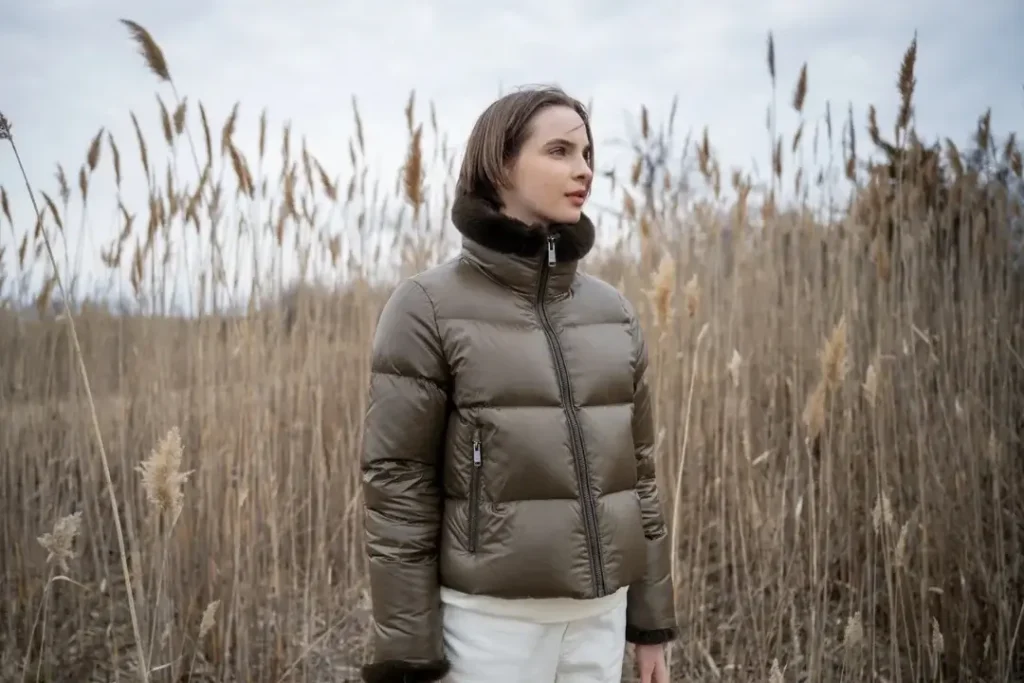
They are environment-friendly since biodegradable jackets are manufactured to decompose, unlike those synthetic jackets found in landfills, which are slow to degrade and release poison into the earth. They help decompose microbes and water in the soil to become part of it.
A surprising fact is that biodegradable fabrics can cut landfill waste by up to 50%. When jackets go to landfills, they are often buried, which causes a process that creates methane; a harmful greenhouse gas. By choosing biodegradable jackets, you help decrease these negative effects and lower pollution.
Every jacket manufactured or selected by the consumers will not only make them feel good about their fashion choices but contribute to a cleaner planet. Imagine customers wearing jackets and knowing they are making a difference-that kind of impact is priceless!
Now let’s discuss some of the advantages for the consumers. It’s not only saving the planet; it’s also an experience with customers. Biodegradable jackets make use of very friendly materials on skin and chemicals that are non-harmful to the body. Have you ever worn an itchy jacket? With the beginning of organic cotton and natural wool, those problems are removed, and this choice is focused more on comfort and health.
Additionally, many consumers care about being ethical. Wearing a biodegradable jacket permits them to feel proud of their fashion choices, knowing they are supporting brands that care about sustainability. Plus, these jackets are often made to last longer. When made after going through strict quality control in jacket manufacturing, they can last longer than synthetic jackets, saving money over time.
There’s also the possibility of these reduced environmental taxes and rewards on friendly sales of the environment in many states. As the globe starts to put strict regulations on waste and pollution, buying biodegradable products today can support a consumer avoid higher cost demands later. It’s a broader win: fashionable with a conscience!
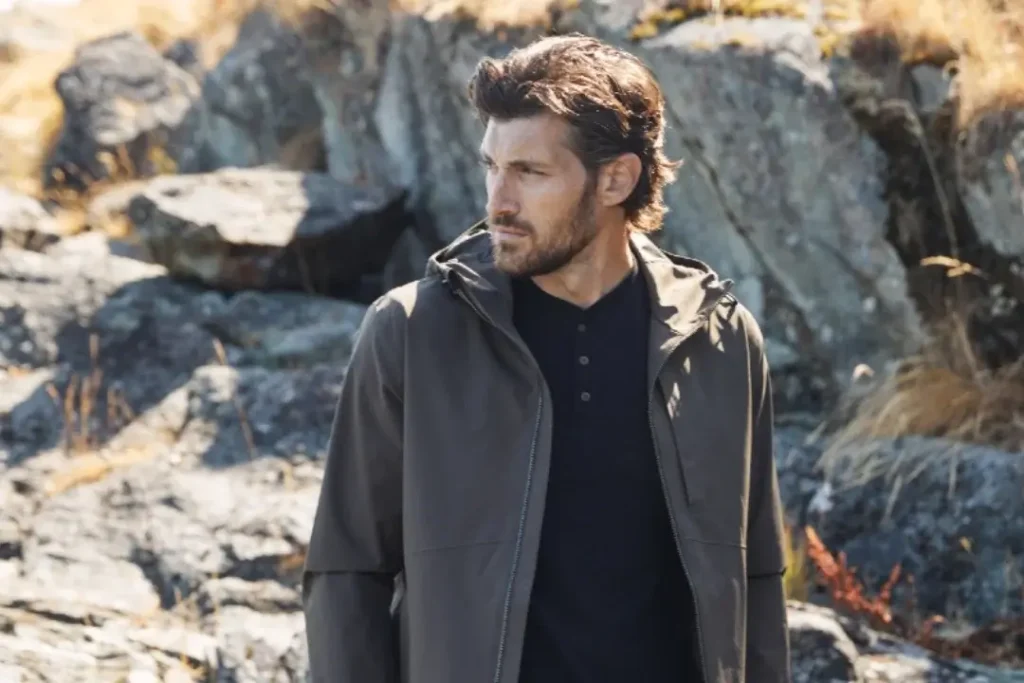
Biodegradable jackets are good for people and the globe, but they also have some problems. It is significant for brands to know these issues in order to popularize eco-friendly fashion. Let’s look at the main challenges, including high costs and lack of consumer knowledge.
If you looked for biodegradable jackets, you may have noticed that they are pricier. Why is that? The truth is that producing these jackets from eco-friendly materials costs more for a few reasons.
First, biodegradable materials such as organic cotton or hemp are expensive to grow. Organic farming takes special care of the soil and plants, which can increase costs. Besides, these materials are not always easy to find, making them pricier. Studies show that sustainable materials can cost 20-30% more to produce than regular ones.
Also, biodegradable jackets would require careful methodology, such as using less water and waste production, which itself consumes more. Since these firms want to remain sustainable, the money spent ahead of time becomes more expensive and is passed to the consumer through higher prices.
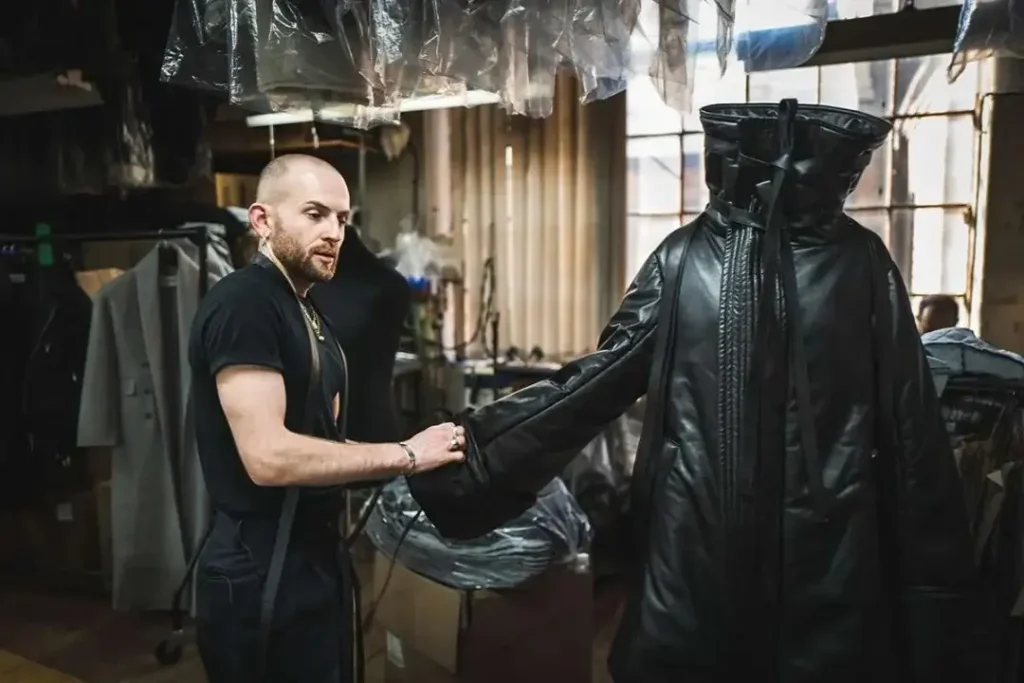
Great potentials exist, especially in jackets being biodegradable, although mistakes about its properties can kill them. Such assumptions include not every “natural” material being biodegradable; this happens, but lots of people cannot recall that materials used in “traditional” regular cotton are covered up with some form of a chemical layer that lessens them from getting “biodegraded”.
The truth is, people need more information. A survey found that only 45% of consumers know that ‘biodegradable’ means materials that break down naturally in landfills. If people are confused, they might hesitate to buy biodegradable jackets.
For brands, this is a chance to educate consumers. Teaching them about how to dispose of biodegradable products and their life cycle can help clear up confusion.
In conclusion, biodegradable jackets and sustainable outwear seem to be a ray of hope for the problems in the environment created by fashion.Such jackets help decrease waste in landfills and also provide customers with a better experience through comfortable and fashionable materials. Biodegradable options will help brands connect with today’s consumers and stand out in a crowded market. When a knowledgeable jacket manufacturer work with forward-thinking brands, there is a great opportunity for sustainable practices to also be profitable. If you’re a brand, looking to modernize your merchandise, or perhaps a retailer searching for ways to offer more ecologically friendly choices, we highly recommend working with manufacturers that centre on biodegradable materials. Together, we can create a greener fashion future-one biodegradable jacket at a time. Let’s make choices now for our planet to benefit in the future.
Biodegradable jackets are made of natural or engineered materials that degrade easily into non toxic elements.
The decomposition span depends on the material used and can be between 6 – 24 months.
Yes, since many biodegradable materials are as strong as those used in making synthetic materials. Mushroom leather and organic cotton are such examples.
Seasonal subscription boxes and repStella McCartney and PANGAIA are leading in developing biodegradable outerwear.
air plans are generally a good value and profitable.
Biodegradable jackets, in general, have a higher material and production price but pay the long-term value of being sustainable.
Expert Custom Clothing Manufcaturer

Top Different Types of Shirts for Women and Men Top Different Types of Shirts for

What You Must Know About Clothing Samples? Before You Produce a Single Garment: What You

How Much Does It Cost To Make a Hoodie A Complete Cost Breakdown for Custom

Discover the Types of Buttons Discover the Types of Buttons That Transform Style and Functionality
Most Recent Posts
Expert Custom Clothing Manufcaturer
Join our Mailing list!
Get all latest news, exclusive deals and updates.